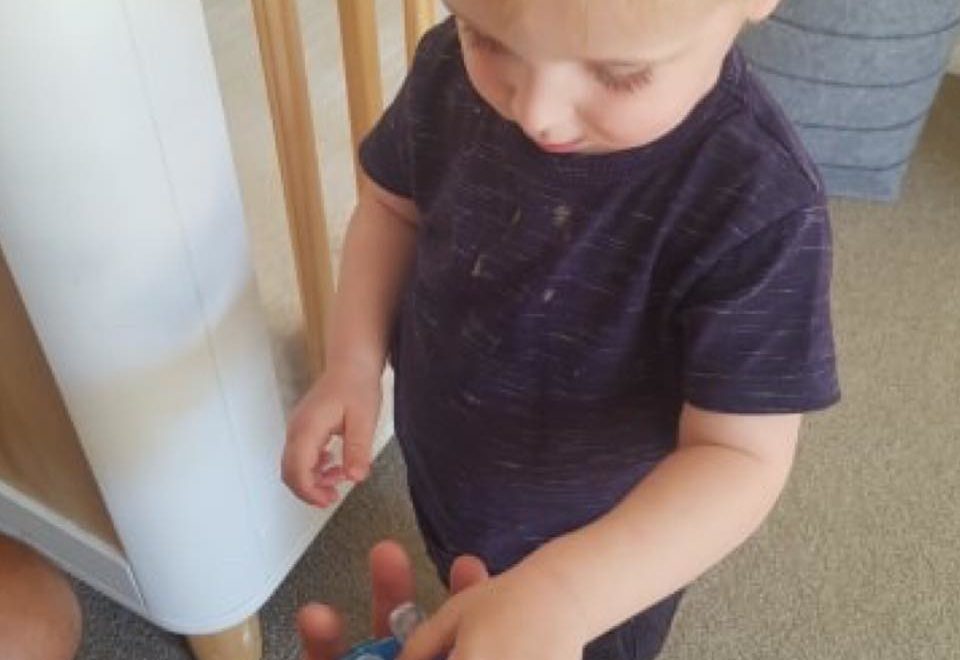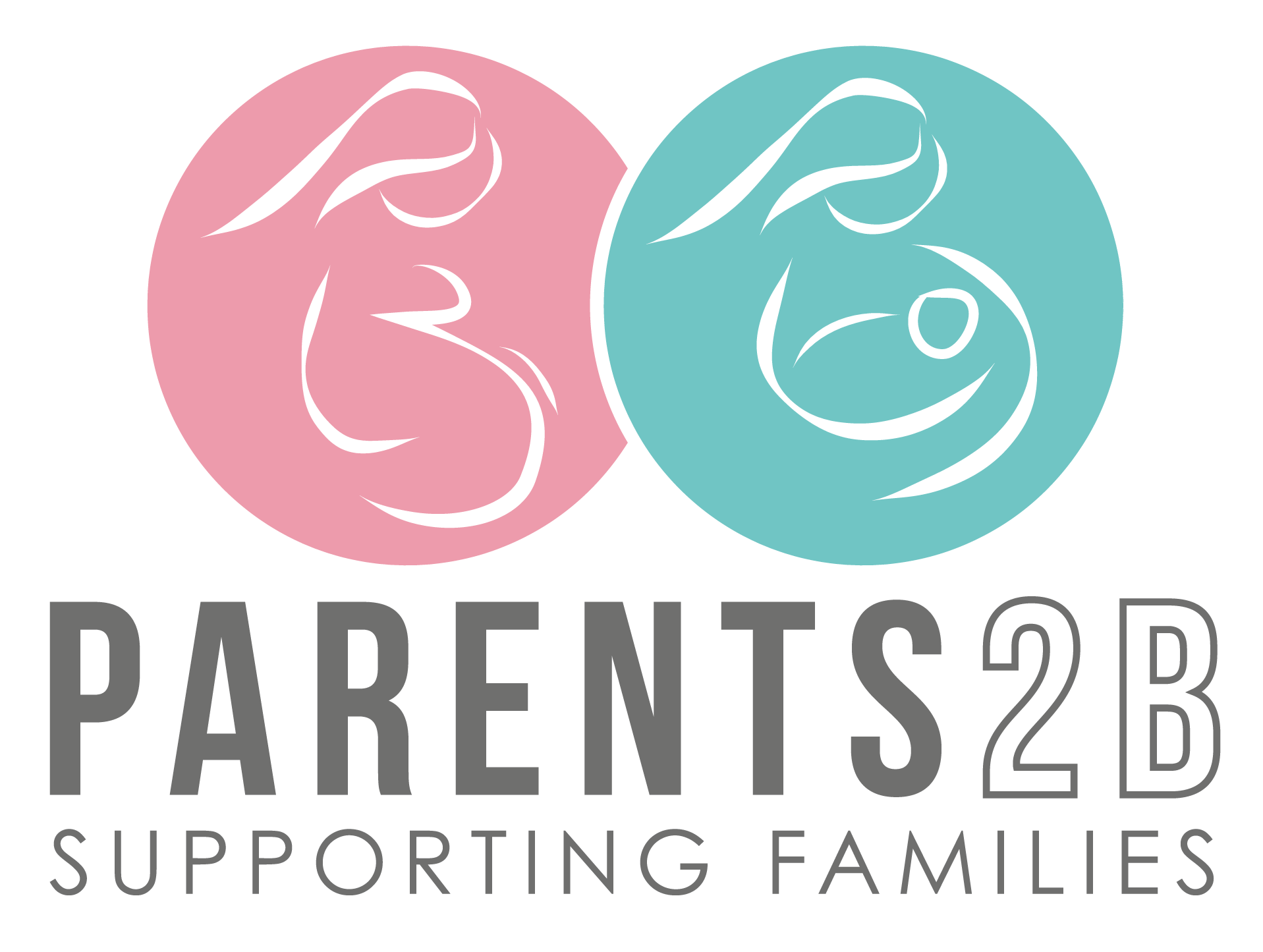
Ditching the Dummy
Studies have shown that prolonged use of dummies may result in increased ear infections, malformations in teeth and other oral structures, and/or speech and language delays.
There is conflicting advice as to when is the right time for ditching the dummy – ranging from 6 months to 4 years of age.
With this in mind it is important to understand the problems that dummies can cause.
Long-term dummy use may lead to seriously affecting the muscles of the mouth. The pressure exerted by the dummy when in use may cause changes to the position of the teeth and jaw. These changes, with long term dummy use can become permanent. The tongue can be pushed to sit forward between the teeth. Upper teeth may be pushed more forward than normal resulting in spacing issues or the top and bottom front teeth do not touch. This can change the way the teeth meet when the child bites. A normal jaw should resemble a U-shape, but extended dummy use can alter this to resemble more of a V. The younger the age at which a child stops sucking a dummy, the more likely their teeth and jaw will correct the growth problems naturally.
Essentially, any external force applied to the mouth that is not natural can cause irreversible changes. Sleeping with a dummy is no different to using one when awake as far as risks are concerned.
Prolonged dummy use can also result in increased incidence of mouth breathing. While this may sound harmless, mouth breathing is associated with irritability, sleep disorders, bad breath, oral diseases and more. In other words, it can be far worse than the challenge of ditching the dummy!
Extended dummy use can affect a child’s speech and language development. This is mainly caused by the change in the shape of the mouth and the posturing of the tongue. Having a dummy in the mouth may delay children using sounds to communicate and prevent them from exploring the full range of tongue movements required to make all the speech sounds.
Prevention is the key, so decreasing use and hopefully full cessation of the dummy by 2 years would be recommended.
So today I thought I’d share my thoughts on ditching the dummy. Please respect that these thoughts and recommendations are based on my many years’ experience of working with babies and toddlers. You may agree with me. You may disagree with me. And either way that is OK.
BUT deciding WHEN to ditch the dummy is a personal choice, however when you do – DO NOT TURN BACK. No matter how well you’ve prepared your child for this change, expect some discomfort and some protest. Let’s be honest, if it was going to be easy parents would have ditched well before this point!
You MUST get rid of ALL the dummies from the house.
Yes …. ALL OF THEM!
NEVER keep one “just in case”. If the going gets tough (and it likely will) if there is a dummy in the house you will be quickly tempted to reintroduce the dummy which makes your next attempt to ditch even harder.
It is a given that, at ANY age, when ditching the dummy your little one will need extra support and comfort.
Please do not hold out for the ‘Ditch the dummy to Santa’. I have another blog as to why this is not a good idea.
When ditching the dummy parents should always set themselves a date for the ditch. Please don’t wing it. You will always have an excuse why the dummy is still in play. It’s like starting the diet every Monday! Have a set date that the dummy is to be gone by and stick to the plan. How much time you give in the lead up will be age dependent of your little one – but don’t prolong it any longer than necessary. It just isn’t worth it.
When ditching the dummy from 6 months you may wish to consider swapping it out for a comforter – especially if you feel your little one is relying on their dummy for this. FYI P2B has a blog regarding comforters too!
OPTION #1 Cold turkey.
Just throw them out. It usually takes about 3 days for little ones under the age of 12 months to learn/understand that the dummy is no longer available. As mentioned earlier – you can substitute the dummy with a comforter if you feel your little one needs something. The older toddler will usually take only 2 days to move on. Remember, loads of extra cuddles and support will be needed.
OPTION #2 Slow and Steady.
Over a period of a week, reduce the use of the dummy during the day. Limit the dummy to sleep time ONLY. This will allow your little one to adjust to the changes slowly. If that little bit older, you can put the dummies to ‘sleep’ during the day. On waking from a sleep, involve your little one and put the dummies in a container in the cot and say good night to them. Side note: If you do this with a mobile toddler please make sure your toddler cannot reach into the cot during the day to retrieve their dummies. The use of a plastic box with a lid is ideal. Then on going down, as part of the bedtime routine, open the box and get the dummies out.
Once your little one has mastered this art, again, do not prolong the ditch – focus on taking the dummy away for sleep.
When ditching the dummy for sleep a gentler option is to give the dummy as part of the bedtime routine: while you change the nappy & read the book. By doing this it will help relax your little one pre sleep. Then during the cuddle take the dummy away. This way you can reassure them in arms that they are OK and you are supporting them. Again, you can use the box and ask them to put the dummy in to go to sleep and put the box in a draw out of sight. This encourages ownership of the dummy.
Over a few days reduce the dummy use earlier within the routine and finally ditching it altogether.
OPTION #3 TODDLER SPECIFIC
By this age, your toddler will have well and truly formed an attachment to their dummy.
There are loads of different ways to ditch the dummy with the toddler. The first few days without their dummy is HUGE. Especially at night. You need to be prepared for this. Taking away a toddler’s dummy is like taking away your coffee. Enough said.
If going cold turkey – which a lot of parents opt for – P2B recommends getting your toddler involved. It can help talking to/warning them about what is about to happen and give them 3 days of counting down to get used to the idea. Any longer than 3 days and the effect will be lost. Marking off a calendar is a great option. Over these 3 days reduce the use of the dummy. Put them away during the day (as discussed above) and only give them for sleep.
Bin day is the perfect day for ditching with some toddlers. Get your toddler to gather their dummies, make it fun and exciting and get them to all their dummies into the bin. Have a picnic on the front lawn to wave the dummies goodbye. Trust me… the drivers know what you are doing! Then plan a special day celebrating no more dummy.
If you can’t be home to watch the bin truck take the dummies (it is essential that your toddler sees them go) a trip to the local tip will have the same effect. Follow up with a trip to the park or an ice-cream.
For the toddler 18 months to 2ish whose understanding of the ditch maybe limited: parents need to put a hole or a slit in the end of the dummy, just big enough so when they go to use them, they collapse. (Side note: Please ensure that the slit does not cause loose bits in the dummy that can cause a choking hazard). This is a very successful way to ditch the dummy and the one P2B encourages the most.
Make sure you cut ALL the dummies. Recently one of my mum’s found her little one happily walking around the house with the dummy after this approach. Yep, he had found one that mum hadn’t slit!
If you choose this method, do it first thing in the morning and allow them access to the dummies during the day. Your toddler will go through them all (watch them process it – it will amaze you) and soon realise that they no longer work. They will keep trying them, one by one, double checking. Some toddlers will even throw them in the bin themselves because they are ‘broken’. Leave them in the cot overnight for 1-2 days and then ditch them altogether if they haven’t thrown them out for you in the meantime (which they often do).
Another option for this method is to do one dummy each day for a slower wean. Every day cut one dummy and have your toddler throw it out because it is ‘broken’. Over the week the dummy numbers will dwindle to all being in the bin.
Many childcare centres can help parents ditch the dummy. They plant them in the garden before their sleep for the ‘’sleep fairies” to collect. The fairies then leave a magical gift for them when they wake. It is very cute as all the kids get involved. A dummy tree is also a popular one. The toddler (with help) attaches their dummy to the tree for the dummy fairy. Again, getting them involved as much as possible.
P2B offers a service to come and collect the dummies from your toddler. I exchange the dummies for a sticker book. P2B is then the ‘bad dummy taker’ not mum or dad. This has been a very popular service for parents not able to do it themselves.
Hope that helps!
Good luck no matter how you decide to ditch!
* The information contained in this website is for general information purposes only. The information is provided by Parents2b and while we endeavour to keep the information up to date and correct, we make no representations or warranties of any kind, express or implied, about the completeness, accuracy, reliability, suitability or availability with respect to the website or the information, products, services, or related graphics contained on the website for any purpose. Any reliance you place on such information is therefore strictly at your own risk.


0 comments
Write a comment